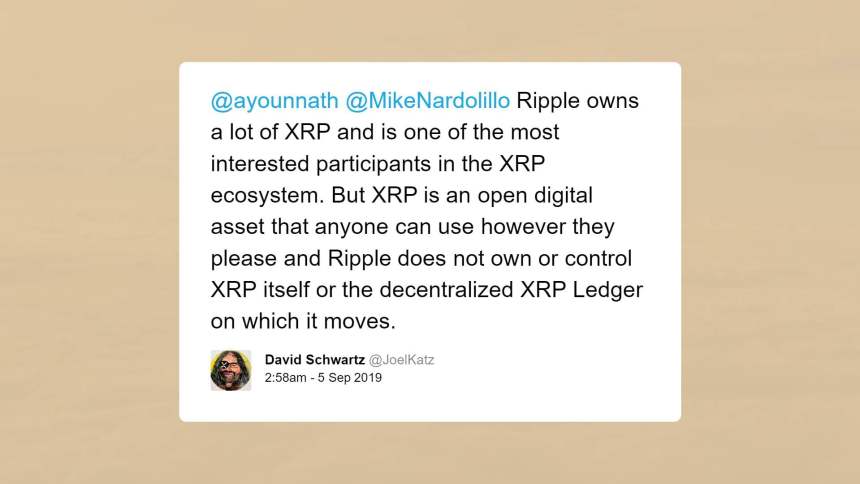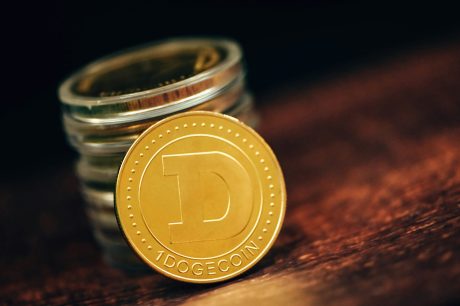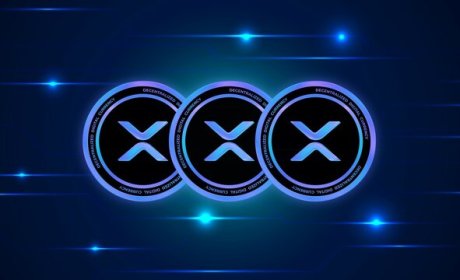In a recent interview with the Financial Times, Ripple CEO, Brad Garlinghouse acknowledged the selling of XRP makes the company profitable.
“We would not be profitable or cash flow positive [without selling XRP], I think I’ve said that. We have now.”
The last quarterly report shows the company holds 50 billion XRP, with 1 billion each month being released from escrow. And up until Q4 2019, as a response to the community backlash over dumping escrow held the cryptocurrency, Ripple bowed to pressure and paused programmatic sales for that quarter.
However, given that selling the cryptocurrency is the lifeblood of the company, there are concerns that this was only a temporary measure. And as details of its agreement with Moneygram are revealed, there is further concern that OTC sales are equally damaging to the XRP price.
Q4 2019 Dumping Paused But For How Long?
Fintech firm Ripple derives its income from two sources. Direct institutional sales of XRP, and programmatic sales, which refers to the sale of the cryptocurrency on exchanges.

However, token holders widely attributed programmatic sales as complicit in XRP’s downtrend over last year. And this led to an increasingly vocal outcry of the practice.
As such, many critics see Ripple’s control on XRP as a major red flag to the token’s viability. Senior Ripple executives have, on many occasions, rebutted these claims. They maintain that the token has a high degree of independence from the company.
In a recent CNN interview, Garlinghouse rubbished the notion that Ripple can affect the price of its native token. He drew attention to the large volume of XRP traded as a barrier to price manipulation.
“Ripple can’t control the price of XRP any more than the whales can control the price of Bitcoin.”
🔥 Brad Garlinghouse at Ripple say Ripple can't control the price of #XRP. #XRPCommunity #crypto pic.twitter.com/LfgiAX5dsL
— HODL (@HodlStyle) January 7, 2020
Not only that, but Ripple CTO, David Schwartz once again reminded people that Ripple has a vested interest in seeing the cryptocurrecy succeed.
“Ripple owns a lot of XRP and is one of the most interested participants in the ecosystem. But XRP is an open digital asset that anyone can use however they please and Ripple does not own or control XRP itself or the decentralized XRP Ledger on which it moves.”

However, the company has been quiet over its sales schedule for this coming year. As such, many are expecting programmatic sales to resume in the near future.
Moneygram Deal Sees Compensation in XRP
While Ripple remains guarded over details of its future programmatic sales, it’s OTC sales remain buoyant. Indeed, its latest report made mention of its focus on OTC sales to build trading corridors.
“In addition, Ripple continued the pause of programmatic sales, focusing solely on our over-the-counter (OTC) sales with a few strategic partners, who are building XRP utility and liquidity in strategic regions including EMEA and Asia.”
In line with this, it has emerged that Moneygram receives “market development fees” as compensation for its ODL development work. The agreement saw Moneygram paid $2.4 million in Q3 2019, and $8.9 million in Q4 2019. A total of $11.3 million in XRP tokens.
“The Company is compensated by Ripple in XRP for developing and bringing liquidity to foreign exchange markets, facilitated by the ODL platform, and providing a reliable level of foreign exchange trading activity. We refer to this compensation as market development fees.”
The exact nature of “market development fees” remains unclear. However, it raises the question of whether OTC sales also add to XRP selling pressure?



















